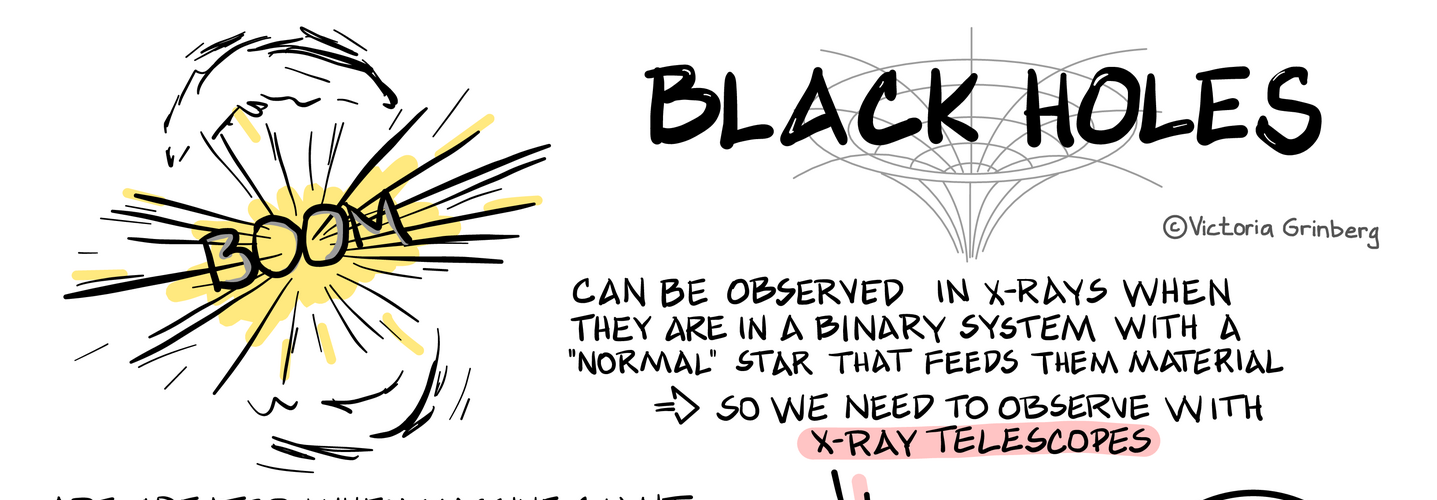


Me:
- she/her
- professional PhD astrophysicist #XraysAreTheBestRays
- #ClimateCrisis & Astronomers for Planet Earth https://astrodon.social/@a4e
- science communication #VicisAstro
- artwork #VicisArt
- book recs #VicisBooks
- living between Zuid-Holland (50%), Süddeutschland (20%) & on the road (30%)
Housekeeping:
- private account, not speaking for my employer
- most posts expire after 12 months
- direct messages from non-mutuals are blocked & ignored
- full text search enabled
This profile is from a federated server and may be incomplete. Browse more on the original instance.